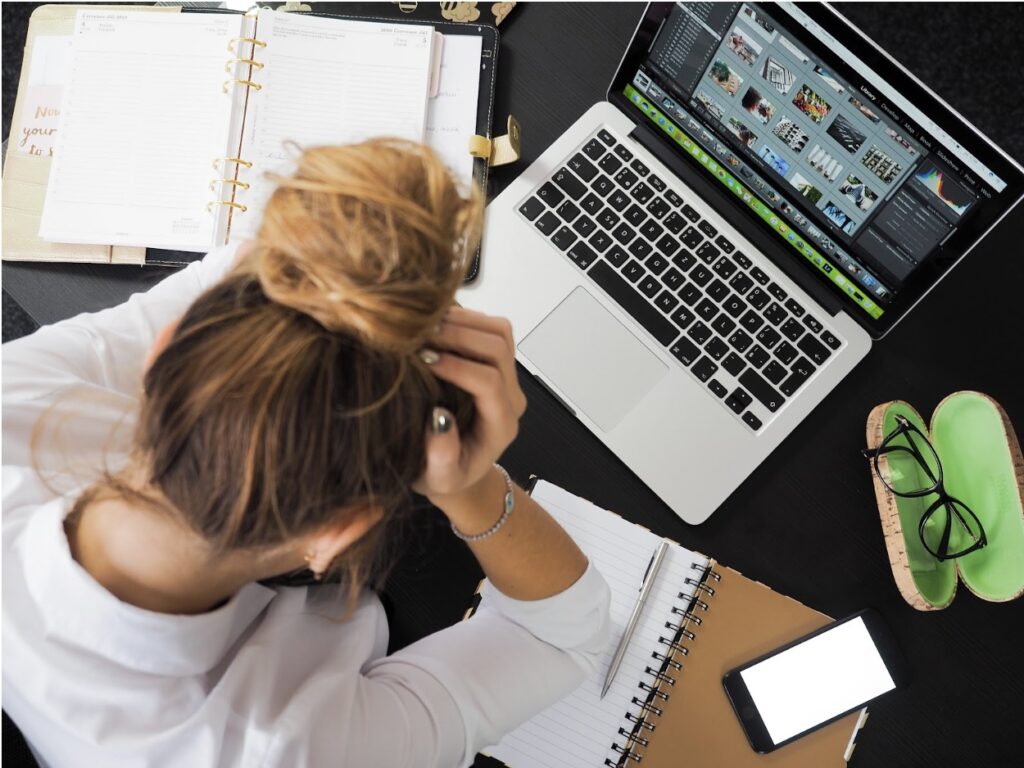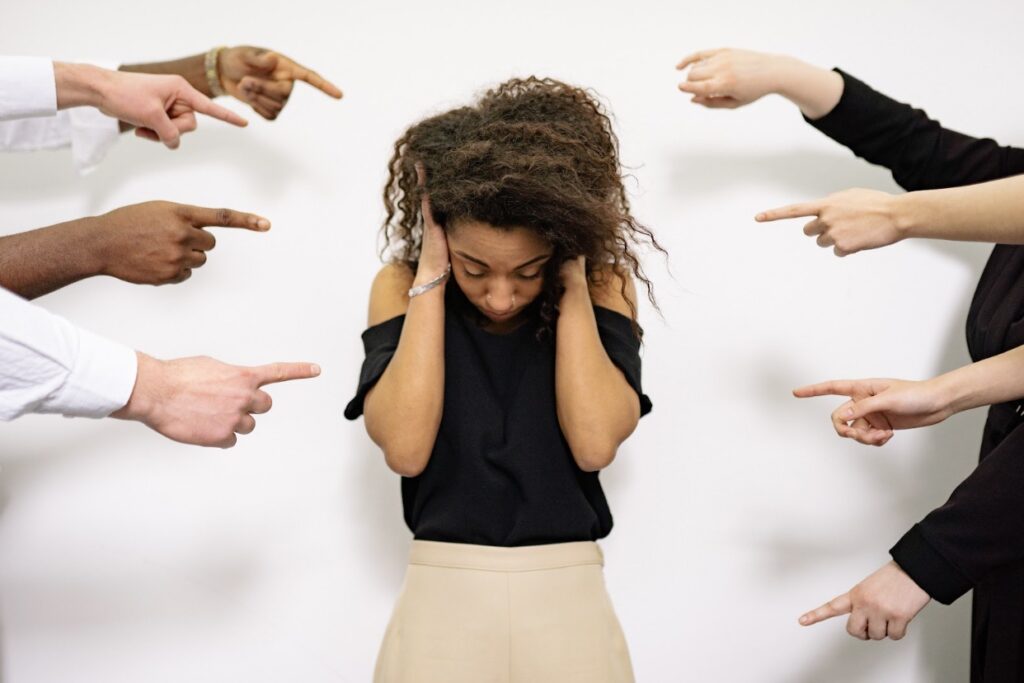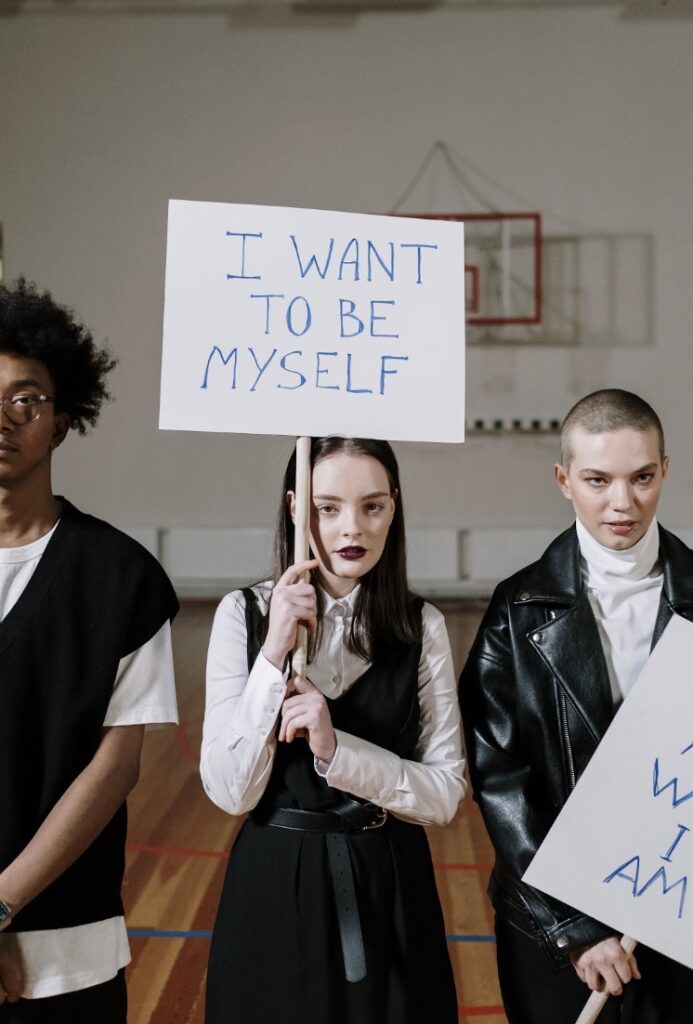Article At Glance:
- School pressures, friendships, relationships, and self-image concerns often cause anxiety in teens.
- Increased expectations for grades, college, and extracurriculars add to teens’ stress levels.
- Teen years bring challenges like puberty, shifting friendships, and heavy homework.
- Common anxiety disorders in teens include Generalized Anxiety Disorder, Social Anxiety Disorder, and Panic Disorder.

What Is Anxiety & How Common Are Anxiety Disorders Among Teens?
As someone who has been working with teenagers for the last six years, I have come to learn what causes anxiety in teens. The main things that cause anxiety in teens are school, friendships and relationships, academics, and one’s concern of their internal or external appearance.
It feels that every year there’s more pressure on teens to pick the right college and major, get straight A’s, do extracurriculars, etc! No wonder so many teens experience anxiety.
Teenage years are hard for everyone. It’s a time where puberty is happening, friendships can feel unstable, homework load can feel unmanageable, and when one is more likely to start exhibiting symptoms of a mental health disorder.
Some signs that your teenage child may be struggling with anxiety are physiological symptoms that can’t be explained by medical tests, constantly wanting to stay home from school due to not feeling well, and withdrawing from friends and family.
When I’ve had clients come in for therapy who are struggling with anxiety, typically they say their stomach hurts often and they don’t feel well. I’d encourage parents to have their child come to therapy to get assessed and also to see their primary care physician to rule out any medical symptoms or diagnoses.
Different Types Of Anxiety Disorders In Children
Anxiety can take many different forms. Some common types of anxiety include generalized anxiety disorder, social anxiety disorder, and panic disorder. In order to understand how teens are affected by anxiety, it is helpful to have a better understanding of what all these different terms mean!
GAD (Generalized Anxiety Disorder)
When assessing for GAD, clinical professionals are looking for some the following symptoms:
- The presence of excessive anxiety and worry about a variety of topics, events, or activities. Worry occurs more often than not for at least six months and is clearly excessive.
- The worry is experienced as very challenging to control. The worry in both adults and children may easily shift from one topic to another.
- The anxiety and worry are accompanied by at least three of the following physical or cognitive symptoms (in children, only one of these symptoms is necessary for a diagnosis of GAD):
- Edginess or restlessness
- Tiring easily; more fatigued than usual
- Impaired concentration or feeling as though the mind goes blank
- Irritability (which may or may not be observable to others)
- Increased muscle aches or soreness
- Difficulty sleeping (due to trouble falling asleep or staying asleep, restlessness at night, or unsatisfying sleep)

Social Anxiety Disorder
Social anxiety disorder can show up with physical and psychological symptoms when people are in social situations. It’s important to look out for both.
Social interaction may cause the following physical symptoms:
- Blushing
- Nausea
- Excessive sweating
- Trembling or shaking
- Difficulty speaking
- Dizziness or lightheadedness
- Rapid heart rate
Psychological symptoms may include:
- Worrying intensely about social situations
- Worrying for days or weeks before an event
- Avoiding social situations or trying to blend into the background if you must attend
- Worrying about embarrassing yourself in a social situation
- Worrying that other people will notice you are stressed or nervous
- Needing alcohol to face a social situation
- Missing school or work because of anxiety
Panic Disorder
A panic attack is a sudden episode of intense fear that triggers severe physical reactions when there is no real danger or apparent cause. Panic attacks can be very frightening. When panic attacks occur, you might think you’re losing control, having a heart attack or even dying.
Many people have just one or two panic attacks in their lifetimes, and the problem goes away, perhaps when a stressful situation ends. But if you’ve had recurrent, unexpected panic attacks and spent long periods in constant fear of another attack, you may have a condition called panic disorder.
Although panic attacks themselves aren’t life-threatening, they can be frightening and significantly affect your quality of life. But treatment can be very effective.
Panic attacks typically begin suddenly, without warning. They can strike at any time—when you’re driving a car, at the mall, sound asleep or in the middle of a business meeting. You may have occasional panic attacks, or they may occur frequently.
Panic attacks have many variations, but symptoms usually peak within minutes. You may feel fatigued and worn out after a panic attack subsides.
Panic attacks typically include some of these signs or symptoms:
- Sense of impending doom or danger
- Fear of loss of control or death
- Rapid, pounding heart rate
- Sweating
- Trembling or shaking
- Shortness of breath or tightness in your throat
- Chills
- Hot flashes
- Nausea
- Abdominal cramping
- Chest pain
- Headache
- Dizziness, lightheadedness or faintness
- Numbness or tingling sensation
- Feeling of unreality or detachment
If your teen is exhibiting any of these signs of anxiety, the best thing you can do is take them to therapy! A licensed clinician will be able to assess your child for an anxiety disorder and come up with goals for therapy that’ll help your child learn to manage their anxiety better.



